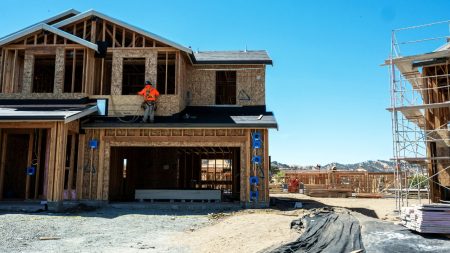Deciding where to live in retirement is one of the most important decisions you’ll make that can significantly impact your quality of life. If you’re transitioning into retirement or have recently retired, you owe it to yourself to compare alternatives to your current home, neighborhood, and general location.
You’ll want to look beyond reports that tell the best place to live in retirement but can’t consider your personal situation. Following are four steps that can help you determine the best place for you to live in retirement by considering your specific goals and circumstances.
Step 1: Do You Need To Move?
You may have compelling reasons that require you to move. Here are a few possibilities:
- You can no longer afford to live in your current home and community, given the amount of retirement income you receive or expect to receive. It’s possible you can no longer afford your monthly house or rental payments, property taxes, homeowners insurance, or the cost of utilities.
- You need to be close to family, either to take care of dependent parents or grandchildren, or if you need logistical support from adult children.
- You don’t feel safe in your current home or neighborhood.
- You might have a job in retirement that requires you to move.
- You may have health conditions that compel you to move, such as a home with no stairs or to be close to essential health care providers.
Consider whether you have other reasons that could override any other considerations on where to live in retirement.
Step 2: Would A Different Neighborhood Or Home Make Your Life Better In Retirement?
List the desirable features that can best support the life you want in retirement by considering the general geographic area, neighborhood, and specific house you’d like. To help you with this analysis, you can use the two checklists in the post below.
It’s helpful to rank the importance of various features of alternative places you’re considering and compare the most important features to your current home and neighborhood.
Step 3: What Are All The Costs Or Savings Associated With Moving?
The last thing you want is to be surprised by the hidden costs of moving. All too often, reports on the best places to live in retirement focus just on the overall costs of real estate and state and local taxes. While these are important factors to consider, there are other sources of costs and savings to identify.
Here’s a list of the items for which you’ll want to estimate how much you might spend or save if you move:
- Your monthly payment for a mortgage if you decide to buy a new home, considering current interest rates, or your monthly rental payment
- The amount of capital gains you might realize if you sell your home, net of any capital gains taxes you owe
- State income taxes
- Property taxes
- Homeowners insurance (a real challenge in states with high insurance costs due to hurricanes, floods, or fires)
- Utilities (you might spend much more or much less to heat or cool your home if you move to a new area or home)
- Car insurance
- Monthly dues if you move to a homeowner association
- The cost to update or repair your home to accommodate your later years
- The amount of premiums you’ll pay for health insurance, which can vary widely by area
- The costs of a moving company
To accurately determine these numbers, you may need an accountant to help you analyze some of these items, particularly any that relate to taxes.
Step 4: What Are The Pros And Cons Of Moving Vs. Staying
Considering your analyses from Steps 1, 2, and 3, list the pros and cons of moving vs. staying. Most likely there will be pros and cons to your current home and any alternative you’re considering. Your goal is to see which location has the most pros and the least cons.
One other thing to ponder: While these analyses can give you important objective insights, you might also want to think about the emotional considerations of moving, such as your attachment to your current home and neighborhood. To help, ask yourself these questions:
- How much will you miss your current home and neighborhood?
- Do you have a good feeling about any potential new home or neighborhood?
Another consideration: If you move far from your current home, you’ll need to establish relationships with new doctors and health care providers, which you’ll need more as you age.
If you become interested in moving far away, another possible step is to visit that location in all seasons, not just the season with good weather. Be sure to ask current residents what it’s like to live there all year.
While the steps listed in this post might seem like a lot of work, most likely you don’t need to rush this decision and can spend time doing your homework. You can even make it fun by spending time in each potential location before you make any commitments.
Even if you decide to stay in your current home, this research might help you gain insights to modify it to better support your retirement years and feel more satisfied with your ultimate decision regarding where to live.
Read the full article here













